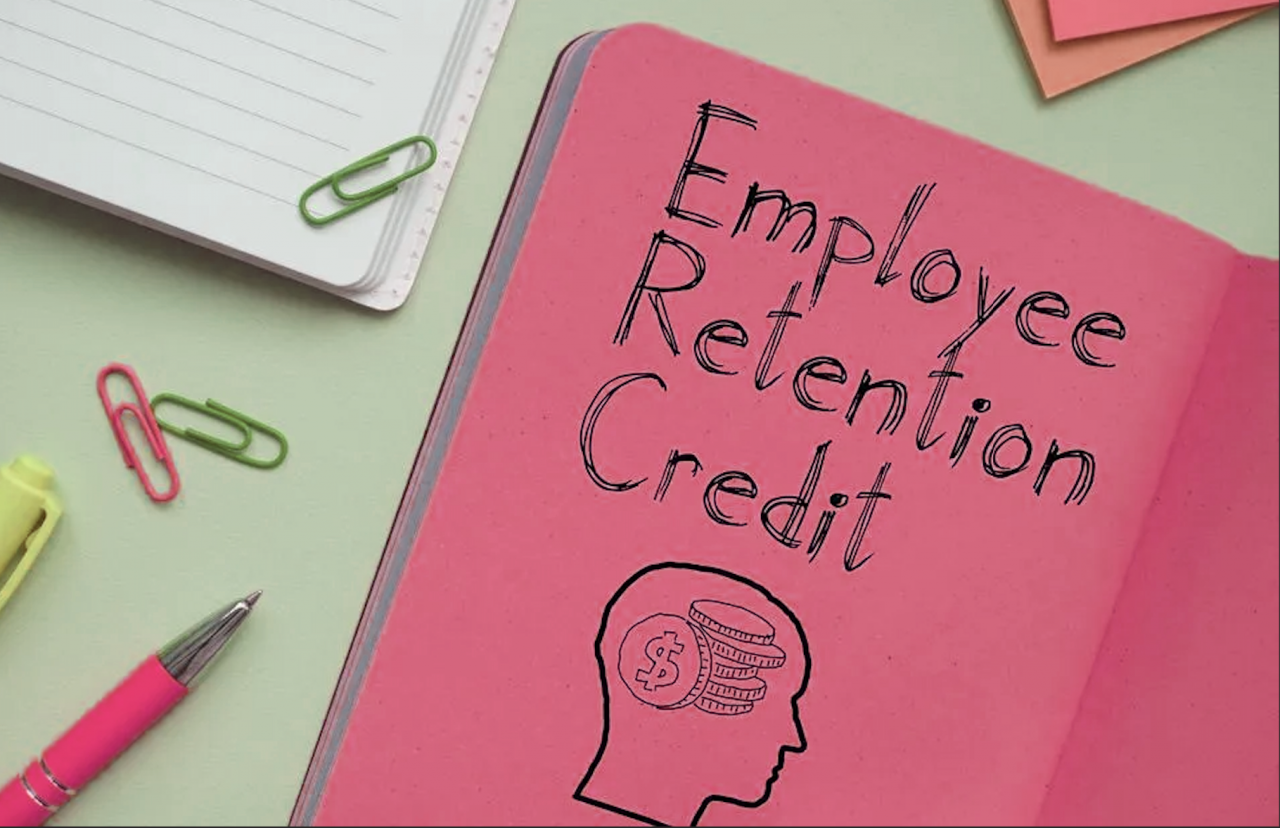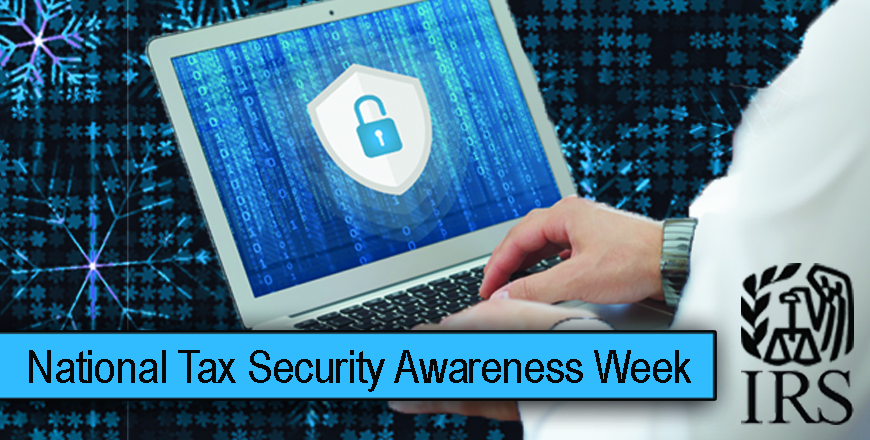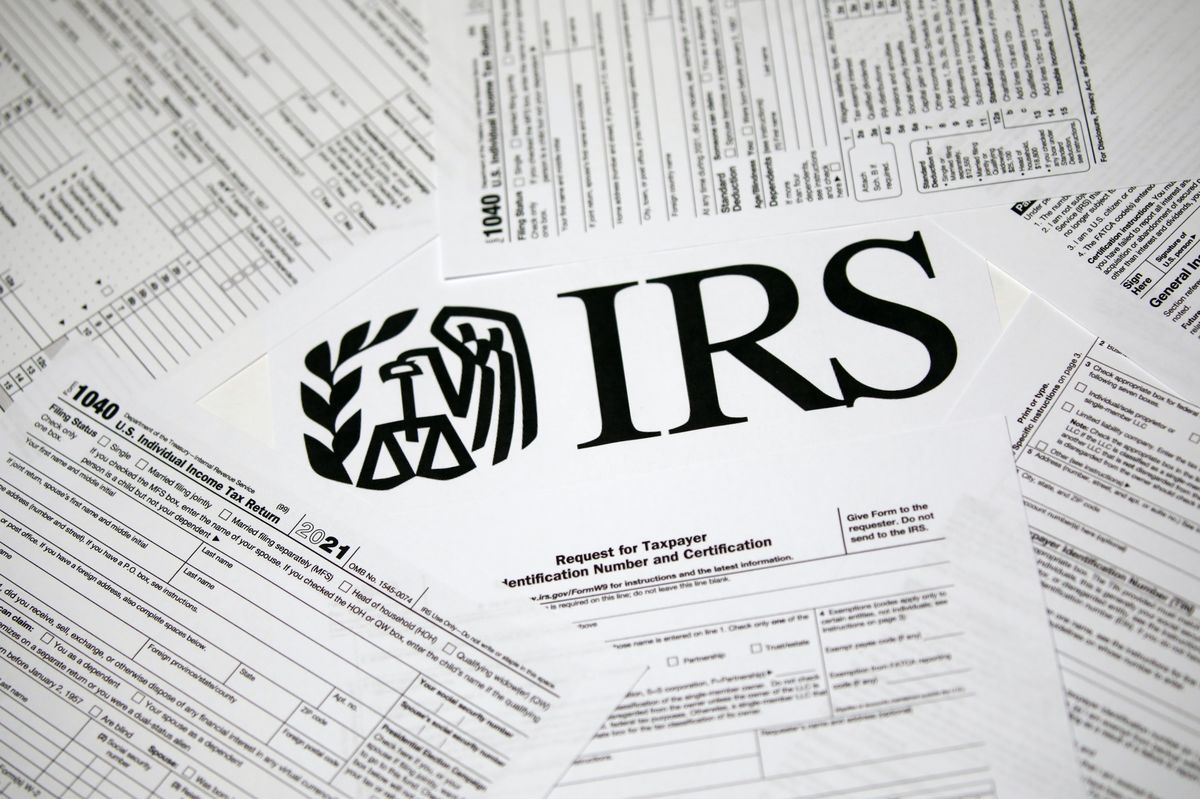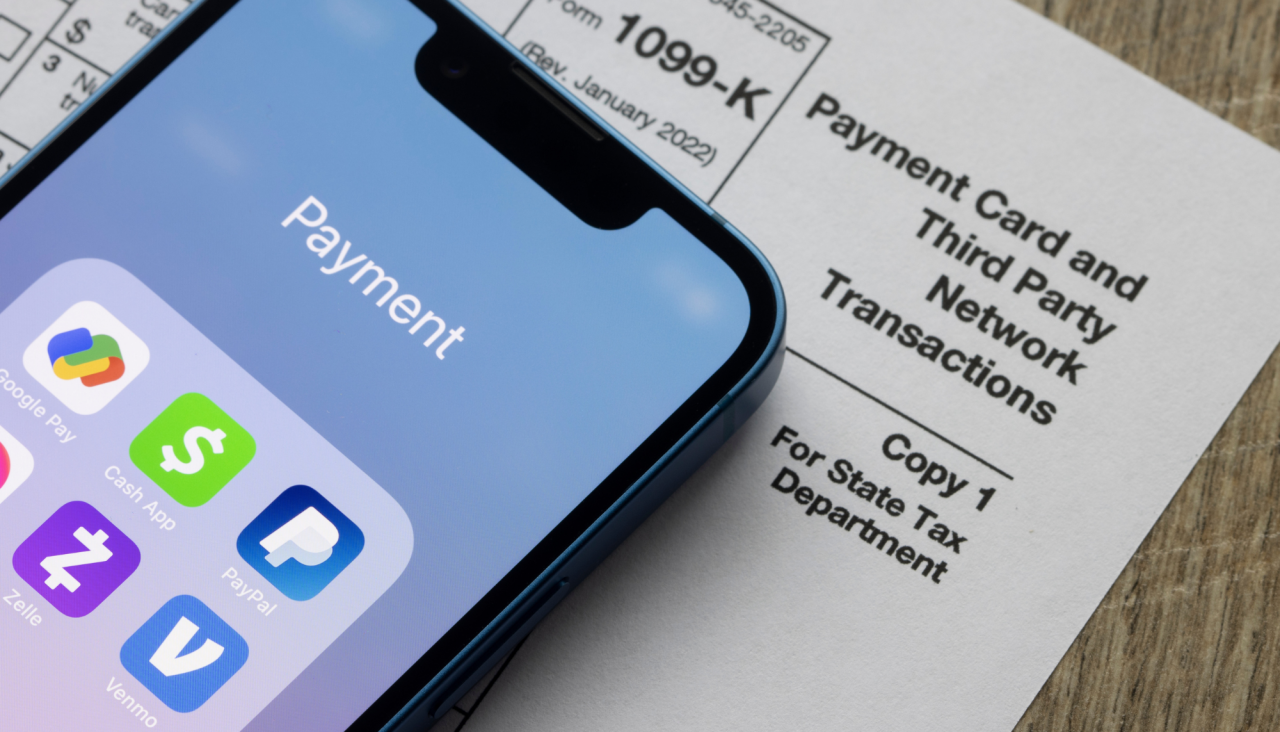The Internal Revenue Service today announced Monday, Jan. 29, 2024, as the official start date of the nation’s 2024 tax season when the agency will begin accepting and processing 2023 tax returns.
The IRS expects more than 128.7 million individual tax returns to be filed by the April 15, 2024, tax deadline.
Although the IRS will not officially begin accepting and processing tax returns until Jan. 29, people do not need to wait until then to work on their taxes if they’re using software companies or tax professionals. For example, most software companies accept electronic submissions and then hold them until the IRS is ready to begin processing later this month. IRS Free File will also be available on IRS.gov starting Jan. 12 in advance of the filing season opening. The IRS Direct File pilot will be rolled out in phases as final testing is completed and is expected to be widely available in mid-March to eligible taxpayers in the participating states.
Taxpayers will continue to see helpful changes at the IRS following ongoing transformation work. Building off the success of the 2023 tax season that saw significant improvements following passage of the Inflation Reduction Act, the 2024 filing season will continue reflecting the focus on improving services to taxpayers.
“As our transformation efforts take hold, taxpayers will continue to see marked improvement in IRS operations in the upcoming filing season,” said IRS Commissioner Danny Werfel. “IRS employees are working hard to make sure that new funding is used to help taxpayers by making the process of preparing and filing taxes easier.”
Some of the new and expanded tools and resources include:
- Expanded in-person service that meets taxpayers where they are by opening or reopening Taxpayer Assistance Centers (TACs). The IRS will also offer extended hours at many TACs nationwide.
- Increased help available on the toll-free line and an expanded customer call back feature designed to significantly reduce wait times.
- Improvements to the Where’s My Refund? tool, which is the IRS’ most widely used taxpayer service tool. However, the tool provides limited information, often leading taxpayers to call the IRS to inquire about their refund status. Updates to Where’s My Refund? will allow taxpayers to see more detailed refund status messages in plain language. These updates will also ensure Where’s My Refund works seamlessly on mobile devices. Taxpayers often see a generic message stating that their returns are still being processed and to check back later. With the improvements, taxpayers will see clearer and more detailed updates, including whether the IRS needs them to respond to a letter requesting additional information. The new updates will reduce the need for taxpayers to call the IRS for answers to basic questions.
- Enhanced paperless processing that will enable taxpayers to submit all correspondence, non-tax forms, and responses to notices digitally and will be able to e-File 20 additional tax forms. Achieving this milestone will enable up to 125 million paper documents to be submitted digitally per year.
- An enhanced IRS Individual Online Account that includes chat, the option to schedule and cancel future payments, revise payment plans and validate and save bank accounts.
- A new, pilot tax filing service called Direct File that gives eligible taxpayers a new choice to file their 2023 federal tax returns online, for free, directly with the IRS. It will be rolled out in phases and is expected to be widely available in mid-March. Find more about Direct File pilot eligibility, scope and the participating states on Direct File.
April 15 tax filing deadline for most taxpayers
For most taxpayers, the deadline to file their personal federal tax return, pay any tax owed or request an extension to file is Monday, April 15, 2024.
Taxpayers living in Maine or Massachusetts have until April 17, 2024, due to the Patriot’s Day and Emancipation Day holidays. If a taxpayer resides in a federally declared disaster area, they also may have additional time to file.
Tips to help people file in 2024
The IRS encourages taxpayers to take steps now to Get Ready to file their 2023 individual federal tax return. It’s important for filers to gather all the correct information they need before filing their return. Organize and gather tax records including Social Security numbers, Individual Taxpayer Identification Numbers, Adoption Identification Numbers and this year’s Identity Protection Personal Identification Numbers (IP PIN). Filing an accurate return can help taxpayers avoid refund delays or later IRS mailings about a problem.
People should report all their taxable income and wait to file until they receive all income related documents. This is especially important for people who may receive various Forms 1099 from banks or other payers reporting unemployment compensation, dividends, pensions, annuities or retirement plan distributions. If a taxpayer receives Forms 1099-K, they should visit What to do with Form 1099-K to help them determine if that money should be reported as income on their federal tax return.
People should plan to file electronically with direct deposit. This is still the fastest and easiest way to file and receive a refund. To avoid delays in processing, people should avoid filing paper returns whenever possible.
IRS Free File; opens January 12; free service on IRS.gov has helped millions
IRS Free File will open Jan. 12, 2024, when participating software companies will accept completed tax returns and hold them until they can be filed electronically with the IRS. IRS Free File Guided Tax Software, available only at IRS.gov, is available to any taxpayer or family with Adjusted Gross Income of $79,000 or less in 2023.
Beginning Jan. 29, 2024, Free File Fillable forms, a part of this effort, is available at no cost to any income level and provides electronic forms that people can fill out and e-file themselves also at no cost.
Most refunds issued in less than 21 days; EITC refunds for many available starting February 27
Many different factors can affect the timing of a refund after the IRS receives a return. Although the IRS issues most refunds in less than 21 days, the IRS cautions taxpayers not to rely on receiving a refund by a certain date, especially when making major purchases or paying bills. Some returns may require additional review and may take longer. The easiest way to check a refund’s status is by using Where’s My Refund? on IRS.gov or the IRS2Go app.
Under the federal Protecting Americans from Tax Hikes (PATH) Act, the IRS cannot issue Earned Income Tax Credit (EITC) and Additional Child Tax Credit (ACTC) refunds before mid-February. Where’s My Refund? should show an updated status by February 17 for most early EITC/ACTC filers. The IRS expects most EITC/ACTC related refunds to be available in taxpayer bank accounts or on debit cards by February 27 if they chose direct deposit and there are no other issues with their tax return.
IRS.gov, IRS Online Account provide free help
Visit IRS.gov to find online tools to help get information needed to file a complete and accurate return. The tools are easy-to-use and available anytime. Check out a few resources below:
- IRS Individual Online Account: Individuals with a Social Security number or an Individual Taxpayer Identification number can log-in or sign-up for an IRS Individual Online Account to securely access information about their federal tax account, view balance and payment options, view and approve authorizations from their tax professional, view digital copies of select IRS notices and get information on their most recently filed return that includes their Adjusted Gross Income.
- Interactive Tax Assistant: The Interactive Tax Assistant (ITA) is a tool that provides answers to several tax law questions specific to individual circumstances. Based on input, it can determine if a person should file a tax return, their filing status, if someone can be claimed as a dependent, if a type of income is taxable, if a filer is eligible to claim a credit or if an expense can be deducted.
- Choosing a tax pro: People can use the IRS Directory of Federal Tax Return Preparers with Credentials and Select Qualifications to find a preparer who is skilled in tax preparation and accurately files income tax returns. Most tax return preparers provide outstanding and professional tax service. However, choosing the wrong tax return preparer hurts taxpayers financially every year. Be sure to check tips for choosing a tax preparer and how to avoid unethical “ghost” return preparers.
- Free tax help by IRS certified volunteers: Through the Volunteer Income Tax Assistance (VITA) and Tax Counseling for the Elderly (TCE) programs, volunteers are available in communities nationwide to provide free tax assistance to low-to-moderate income (generally under $64,000 in adjusted gross income) and elderly taxpayers (age 60 and older). At selected sites, taxpayers can input and electronically file their own tax return with the assistance of an IRS certified volunteer. For additional information, visit Free Tax Return Preparation for Qualifying Taxpayers.
- Help for the military: A Department of Defense program, MilTax generally offers free return preparation and electronic filing software for federal income tax returns and up to three state income tax returns for all military members, and some veterans, with no income limit.
Key 2024 filing season dates
- January 12: IRS Free File opens.
- January 16: Due date for 2023 fourth quarter estimated tax payments.
- January 26: Earned Income Tax Credit Awareness Day.
- January 29: Filing season start date for individual tax returns.
- April 15: Due date of filing a tax return or to request an extension for most of the nation.
- April 17: Due date for Maine and Massachusetts.
- October 15: Due date for extension filers.
Source: IRS-2024-04, Jan. 8, 2024










